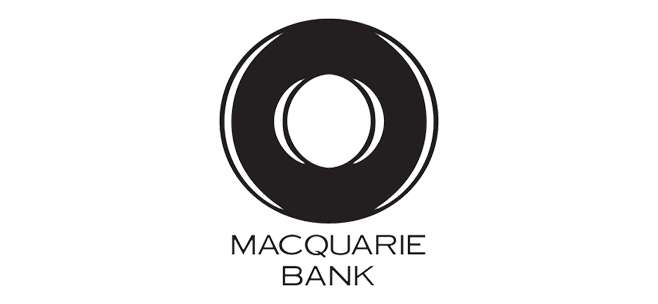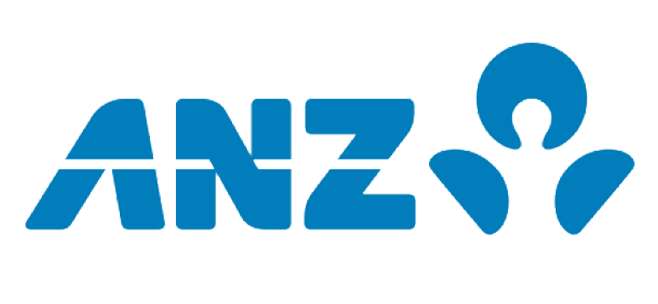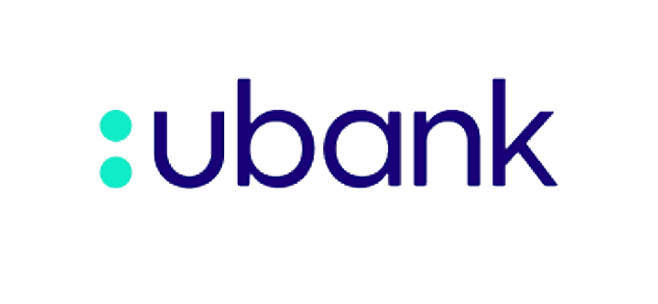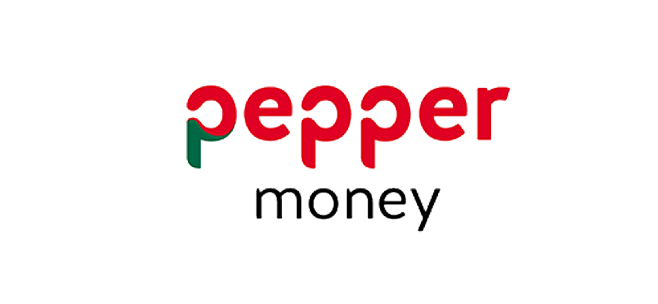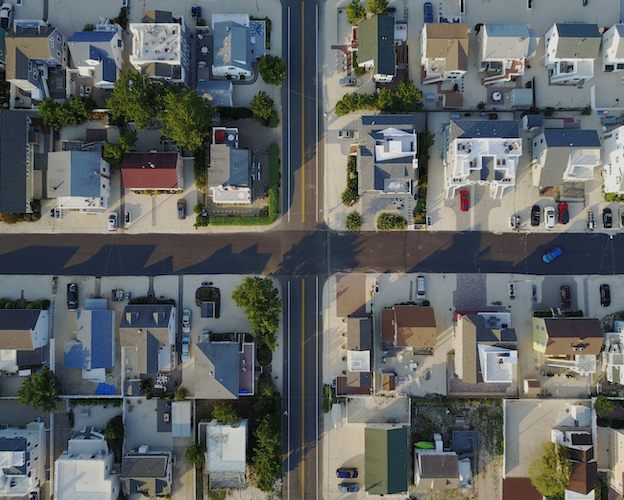In particular we focus on getting the loan structure right the first time, choosing which lenders to use in the right order (yes this is important) and finally getting our clients the best deal possible.
So how much is mortgage insurance exactly? Lenders mortgage insurance, or LMI for short, is calculated based on two basic variables and then loadings are applied based other factors (some lenders / insurers only).
- The loan amount.
The higher the loan amount the higher the risk for the insurer. - The loan to value ratio (LVR).
The higher the loan to value ratio the higher the risk for the insurer.
Other factors that can affect the mortgage insurance premium payable.
- The loan purpose - It is common for investment loans to attract a 20% loading to the premium.
- Borrower type - Self employed borrowers can also attract a 20% loading with some lenders.
- Low doc or Full doc - Low doc loans are generally limited to 80% LVR (rather than full doc 95%) and attract LMI from 60% upwards.
The mortgage insurers determine their premiums based on the perceived risk of a particular loan. The higher the perceived risk, the higher the premium charged. The premium is a percentage of the loan amount borrowed.
In the tables below, we have outlined typical premiums charged by mortgage insurers for a full documentation loan and a lo documentation loan.
As an example, a full documentation loan with an LVR of 91%, and a loan amount of $450,000, would be charged a 2.20% premium in this example. On top of this are the various state and territory insurance duty charges which range from 5% to 10% of the premium. So the total payable by the borrower would be approximately $10,500 in this example.
When is Mortgage Insurance Payable?
Generally mortgage insurance will apply to all loans with an LVR of over 80% for full doc loans (normal loans) and over 60% for lo doc loans. Some lenders mortgage insure all their loans regardless of the LVR, but normally the lender would cover this cost themselves if the LVR is less than around 80% for a full doc loan and less than 60% for a low doc loan.
Do all lenders have the same premiums?
No, definitely not. The difference between lenders (including between the majors banks) can be upwards of $10,000 in certain scenarios. So how much is mortgage insurance is one of the major things we look at when assessing which loan is best for a borrower.
Why doesn’t my bank have cheaper mortgage insurance when they are one of the major banks?
The three main reasons lenders can differ in the premiums they charge in a given scenario are
- The way the premium is calculated.
- The loan amount band a loan falls into.
- The insurer that a lender uses.
The majority of lenders calculate mortgage insurance premiums by capitalising the premium (adding it to the loan) rather than it having to be paid from a borrowers own funds at settlement. The capitalisation method can mean a significant saving in the premium amount, as the premium is calculated from a lower LVR and lower loan amount (ie not including the premium amount itself). Two of the four major banks do not capitalise, so their premiums can sometimes be significantly more than other lenders.
Another major difference can be due to which “loan amount bands” a loan falls under. With one of the main insurers, their middle loan amount band is $300,000 - $500,000, and loans over $500,000 fall into the highest band. While another major insurer has them set at $300,000 - $600,000 as per table 1 below. So if you were borrowing between $500,000 and $600,000 one of the insurers would be significantly cheaper. In fact at 93% LVR with a $550,000 loan amount, the difference could be around $12,000!
With two of the major banks not using the capitalisation method, you can have the unfortunate situation where the loan amount including the premium pushes the loan amount into a higher band. This means your insurance may again cost you significantly more. We had a borrower looking at borrowing $495,000 plus insurance recently, and because the premium was going to be more than $5000 it pushed the loan into a higher band for working out the insurance premium. In this particular case, the borrower’s current lender (one of the 4 major banks) was going to charge them $15,000 more than a major regional bank who used a different insurer and who capitalised their premiums. A $15,000 difference can’t be ignored! Make sure you ask; how much is mortgage insurance?
Who are the major mortgage insurers?
The two main insurance companies are Genworth and QBE. A few lenders also sometimes self insure some of their loans. St.George and Westpac have their own insurer but use Genworth for all loans between 90% and 95% LVR.
Typical mortgage insurance premium tables
TABLE 1: TYPICAL LMI TABLE - FULL DOCUMENTATION LOANS
| LVR band | Loan amount up to $300,000 |
Loan amount $300,001 - $600,000 |
Loan amount $600,001 - $1,000,000 |
| 80.01% - 82% | 0.50% | 0.52% | 0.72% |
| 82.01% to 84% | 0.61% | 0.78% | 1.01% |
| 84.01% to 86% | 0.76% | 0.99% | 1.25% |
| 86.01% to 88% | 0.91% | 1.18% | 1.50% |
| 88.01% to 90% | 1.22% | 1.60% | 2.02% |
| 90.01% to 92% | 1.68% | 2.20% | 3.31% |
| 92.01% to 94% | 1.89% | 2.47% | 3.56% (unlikely to be approved) |
| 94.01% to 95% | 2.10% | 2.74% | 3.76% (unlikely to be approved) |
TABLE 2: TYPICAL LMI TABLES - LO DOC LOANS
| LVR band | Loan amount up to $300,000 |
Loan amount $300,001 - $600,000 |
Loan amount $600,001 - $1,000,000 |
| 60.01% to 70% | 0.33% | 0.49% | 0.93% |
| 70.01% to 80% | 0.59% | 0.81% | 1.54% |
So how much is lenders mortgage insurance for your scenario?
Simple, contact us for quote. We will assess which lenders you qualify with then from there compare their lenders mortgage insurance rates as well as their interest rates, fees and service to allow you to make an informed decision as to which is the best lender for your unique situation.
Find the best mortgage insurance rates with the Mortgage Experts Online
Our Current Lender Panel







